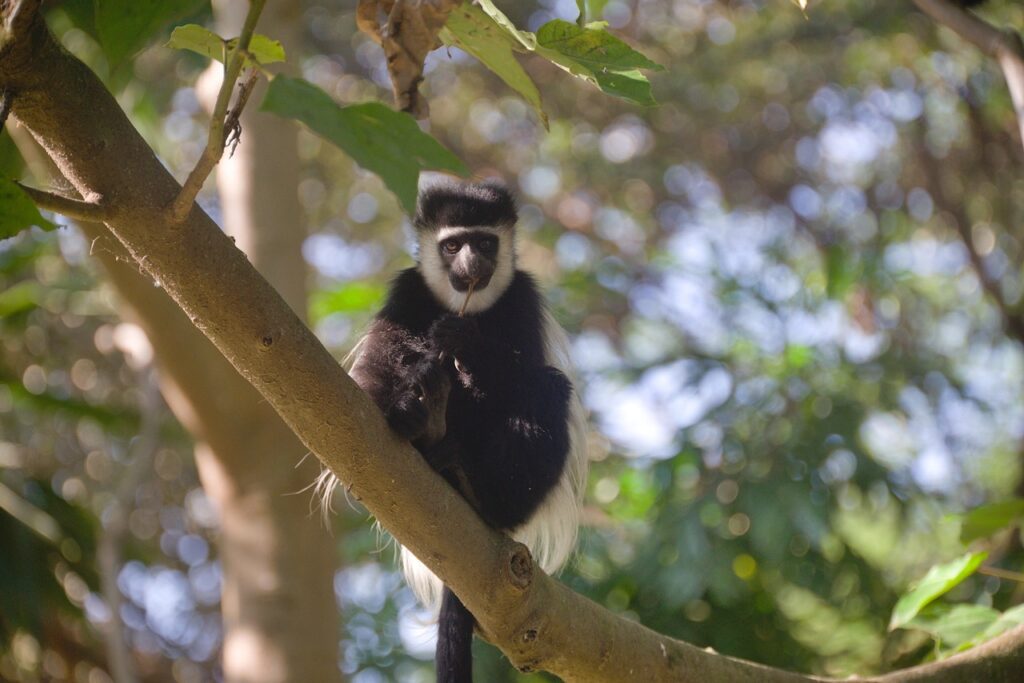Serengeti National Park
established in 1951, is a UNESCO World Heritage Site located in northern Tanzania, encompassing approximately 14,763 square kilometers (5,700 square miles) of diverse ecosystems, including vast savannahs and acacia woodlands.
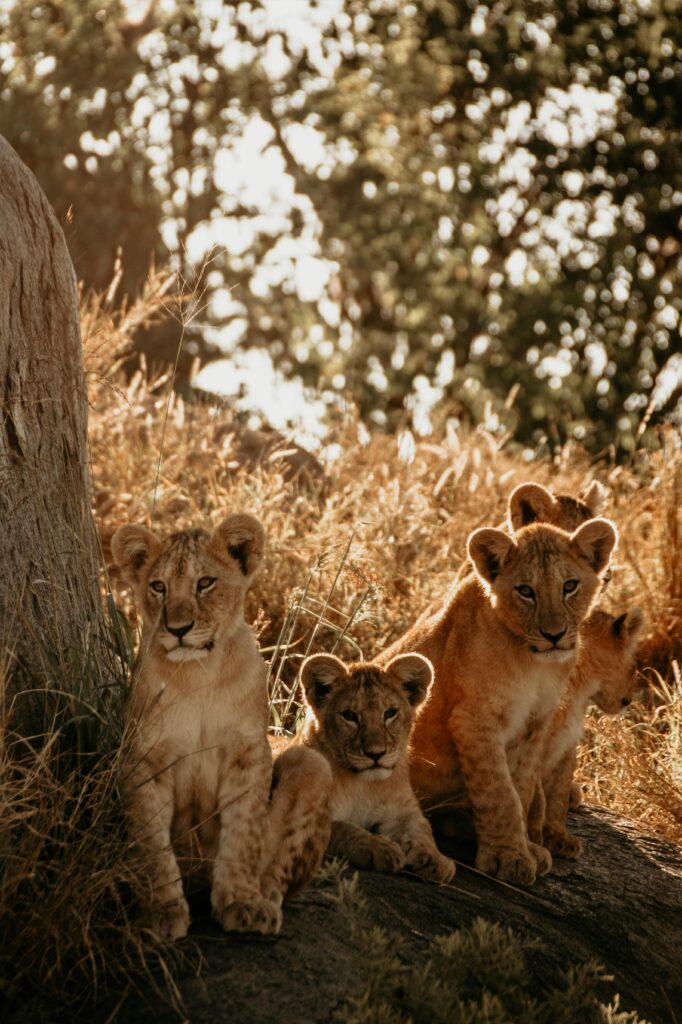
The park is renowned for hosting the world’s largest annual animal migration, where over 1.5 million blue wildebeest and 250,000 zebras traverse its plains in a continuous cycle in search of fresh grazing

Beyond the Great Migration, Serengeti National Park boasts an incredible array of wildlife. It is home to more than 3,000 lions, representing one of the highest concentrations in Africa. Other predators include leopards, cheetahs, and spotted hyenas. .
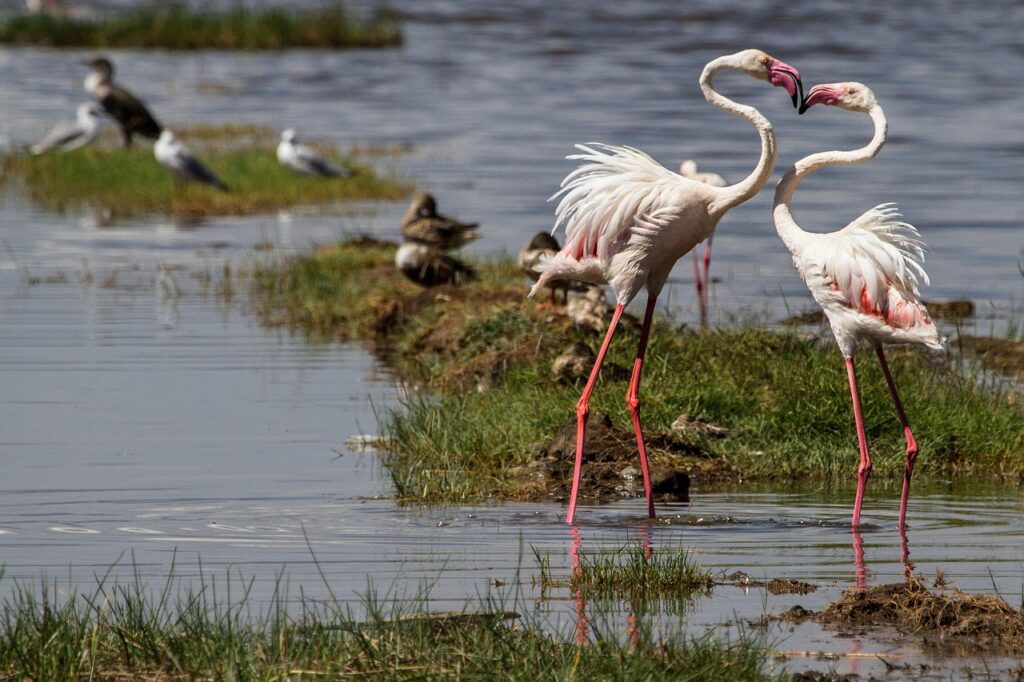
Herbivores such as African elephants, buffalo, giraffes, and various species of antelope also inhabit the park. Additionally, over 500 bird species have been recorded, making it a birdwatcher’s paradise.
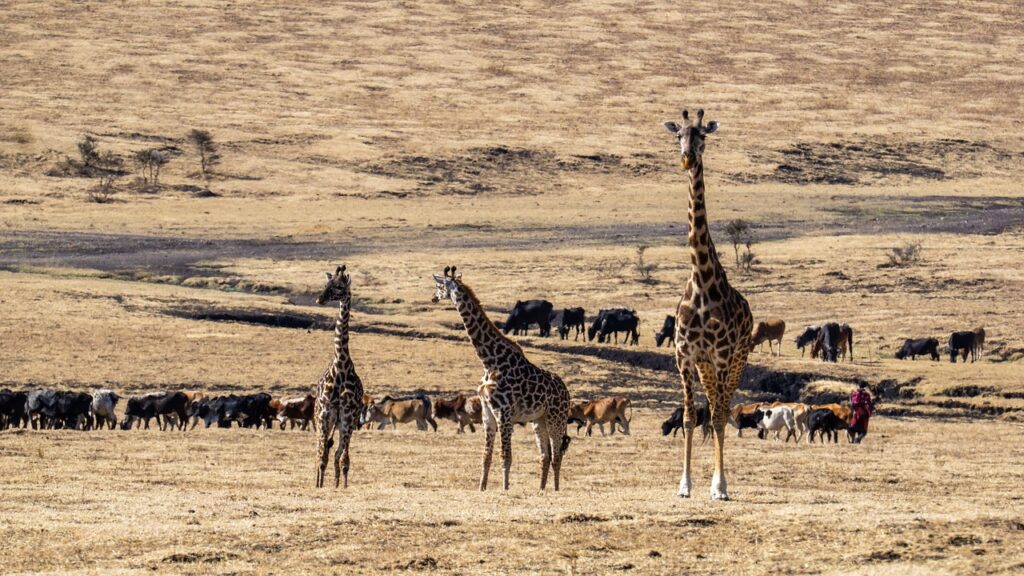
The park’s terrain varies from the open plains in the south, dotted with characteristic kopjes (rocky outcrops), to the wooded hills in the north and the western corridor’s black clay plains. This diversity supports a wide range of flora and fauna, contributing to the Serengeti’s ecological significance.
Ngorongoro Conservation Area
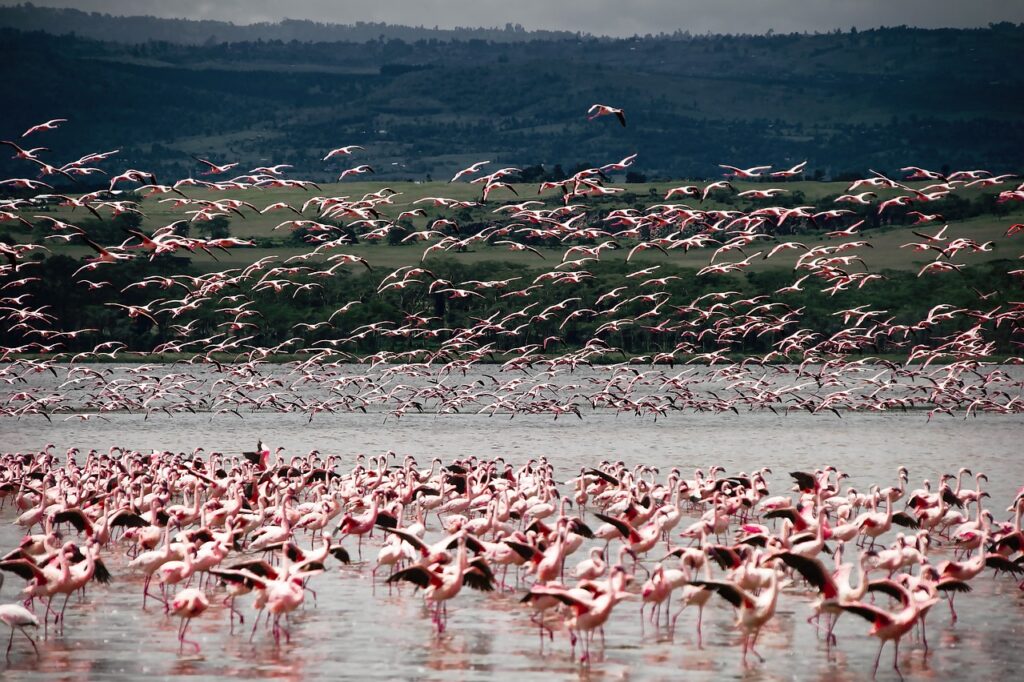
The Ngorongoro Conservation Area (NCA) is a UNESCO World Heritage Site located in northern Tanzania. It is one of the most renowned safari destinations in the world, celebrated for its unique blend of wildlife, natural beauty, and rich cultural history.
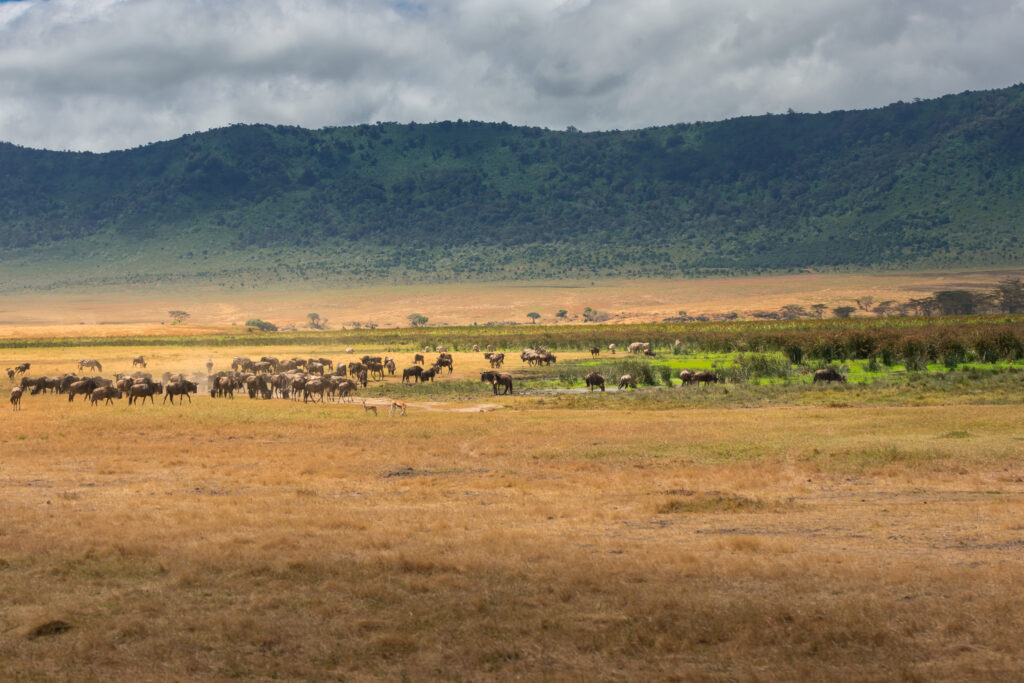
The centerpiece of the conservation area, the Ngorongoro Crater is the world’s largest inactive, unfilled volcanic caldera, formed about 2.5 million years ago.It spans about 260 square kilometers (100 square miles) with a depth of 600 meters (2,000 feet).
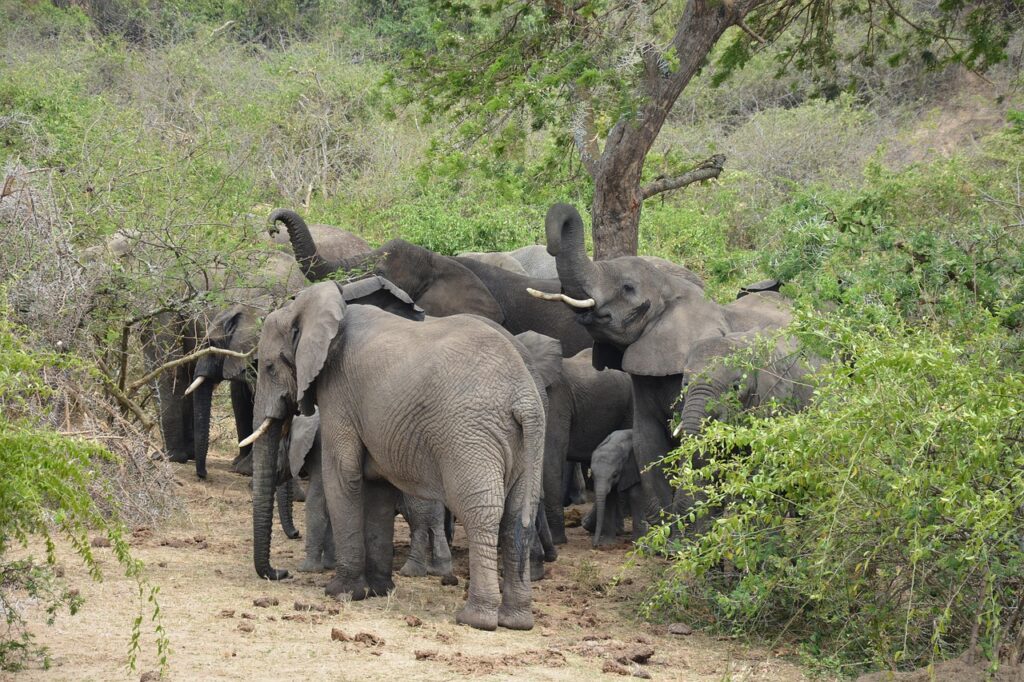
The crater floor is a natural haven for diverse wildlife, including lions, elephants, rhinos, wildebeests, zebras, and flamingos.Home to over 25,000 large animals, the area boasts a high density of predators like lions, hyenas, and leopards.
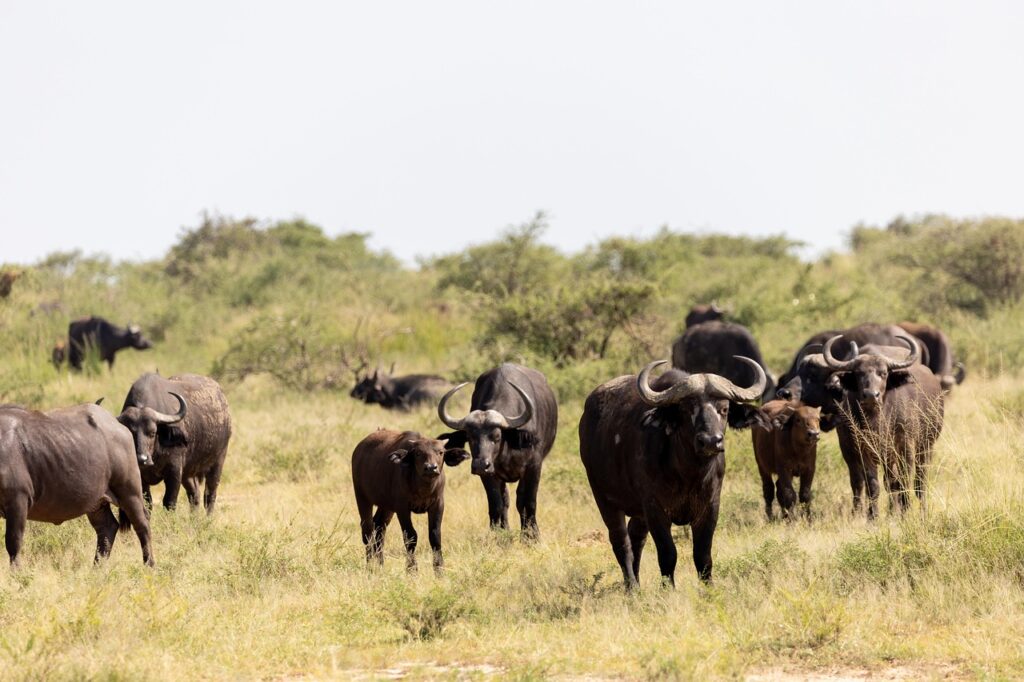
The conservation area is one of the few places where you can spot all of the “Big Five” (lion, leopard, elephant, rhino, and buffalo).From the lush grasslands of the crater floor to the dense forests, volcanic peaks, and the saline Lake Magadi, the conservation area offers breathtaking views and diverse ecosystems.
Tarangire National Park
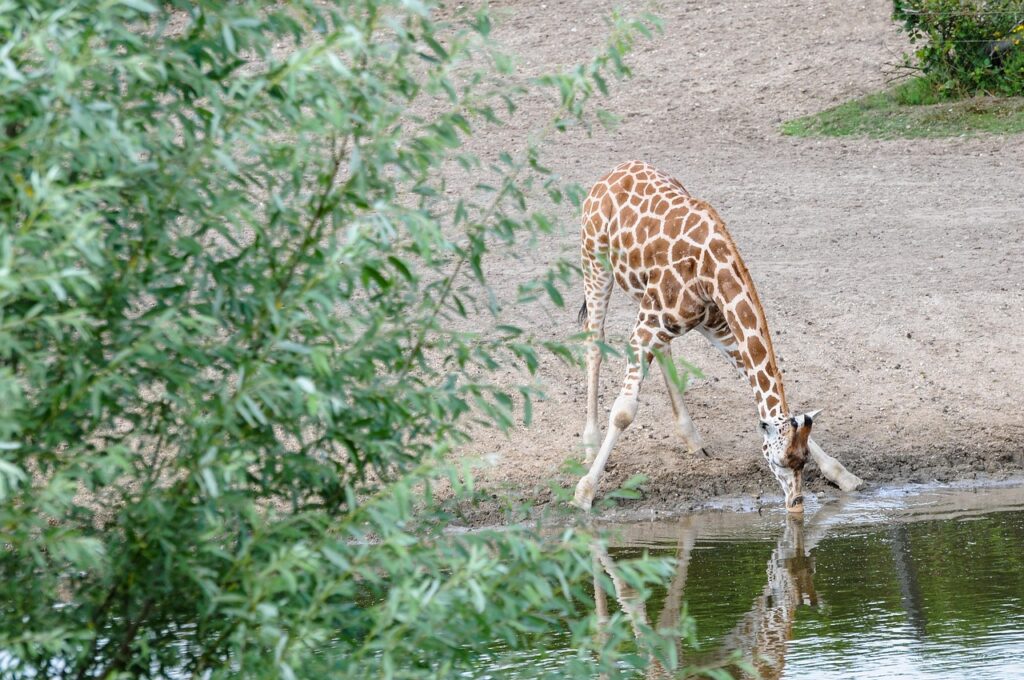
Located in northern Tanzania, Tarangire National Park is a breathtaking safari destination renowned for its vast landscapes, abundant wildlife, and iconic baobab trees. Covering approximately 2,850 square kilometers, it is the sixth-largest national park in Tanzania and a must-visit for nature and wildlife enthusiasts.

Tarangire is famous for its large elephant herds, one of the highest concentrations in Africa. Visitors can also spot lions, leopards, cheetahs, giraffes, zebras, wildebeest, and an array of antelope species.
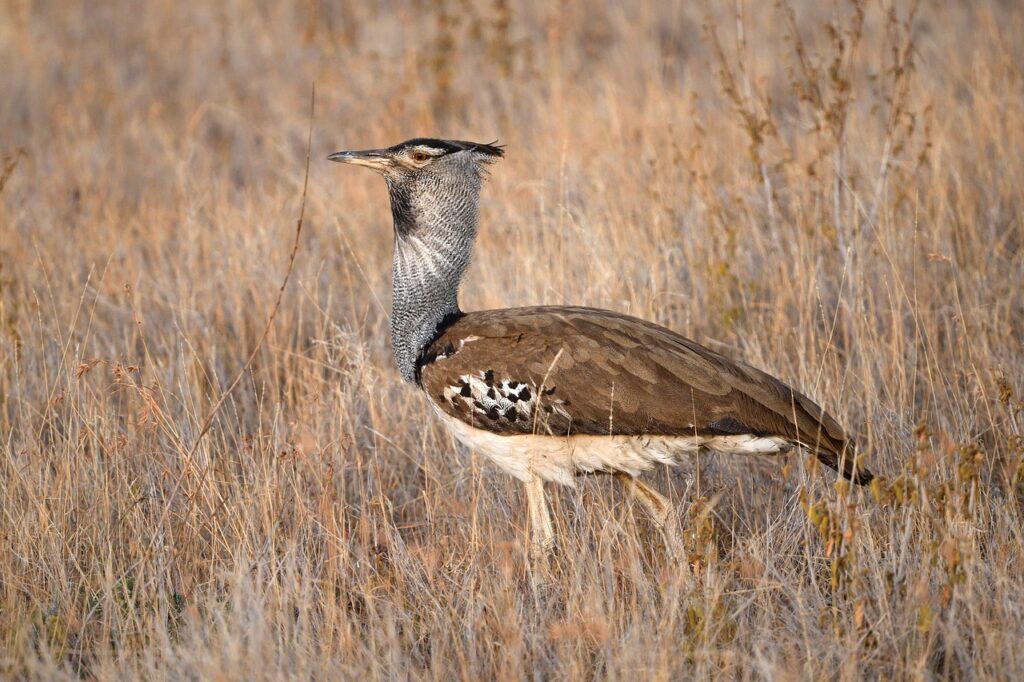
The park is also home to some of the rarer species like fringe-eared oryx and gerenuk.
With over 500 bird species, including the Kori bustard, yellow-collared lovebird, and various waterfowl, the park is a haven for bird enthusiasts.
Lake Manyara National Park:
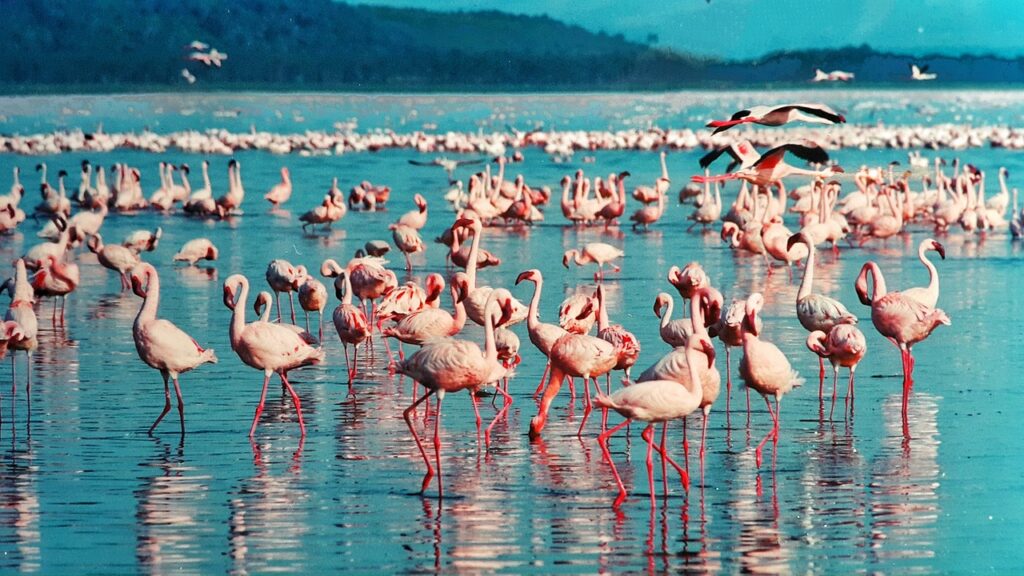
Nestled at the base of the Great Rift Valley escarpment, Lake Manyara National Park is a small yet diverse sanctuary, renowned for its stunning landscapes and rich wildlife. Spanning about 325 square kilometers, with its namesake lake covering two-thirds of the area, this park offers a unique blend of lush forests, open grasslands, and serene waters.
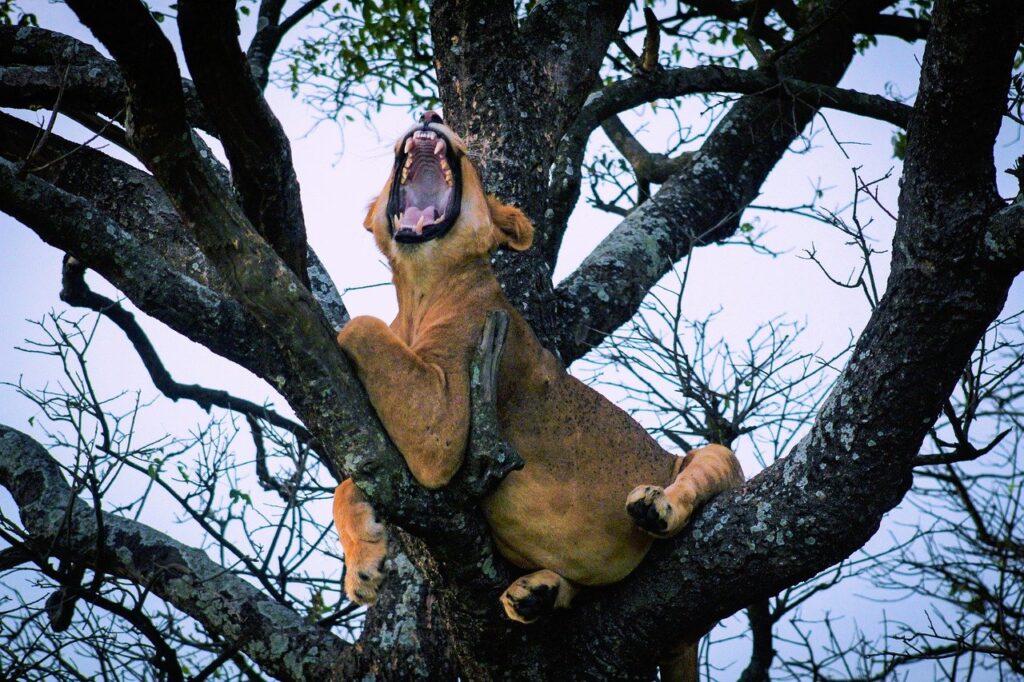
The park is famous for its tree-climbing lions, a rare behavior that sets it apart from other destinations.It’s also home to herds of elephants, giraffes, zebras, buffaloes, and hippos, as well as smaller species like klipspringers and dik-diks.
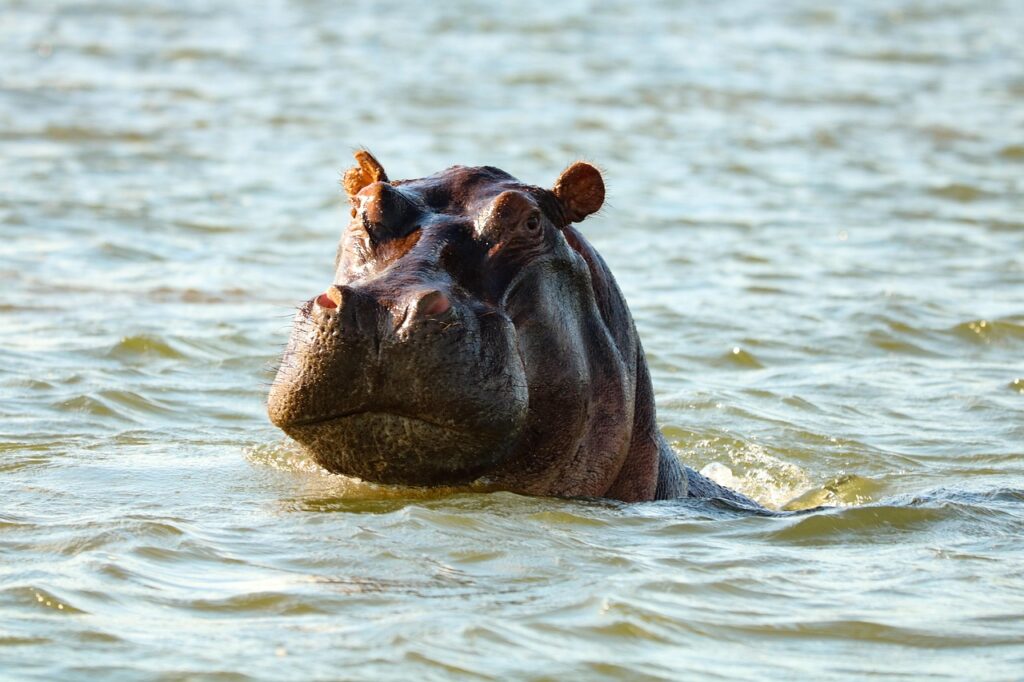
- Canoeing (Seasonal): During the rainy season, visitors can paddle along the lake for a unique perspective.
- Birdwatching: Witness hundreds of bird species, especially around the lake’s shores.
- Walking Safaris: Get up close with nature on guided walks.
- Cultural Tours: Visit nearby villages to interact with the local Maasai and other tribes.
Ruaha National Park

established in 1964, is Tanzania’s largest national park, covering approximately 20,226 square kilometers. Located about 130 kilometers west of Iringa, it forms part of the expansive 45,000 square kilometer Rungwa-Kizigo-Muhesi ecosystem, which includes the Rungwa, Kizigo, and Muhesi Game Reserves, as well as the Mbomipa Wildlife Management Area.

Ruaha is renowned for its rich wildlife diversity. The park hosts one of Tanzania’s largest elephant populations and is home to predators such as lions, leopards, cheetahs, and endangered African wild dogs
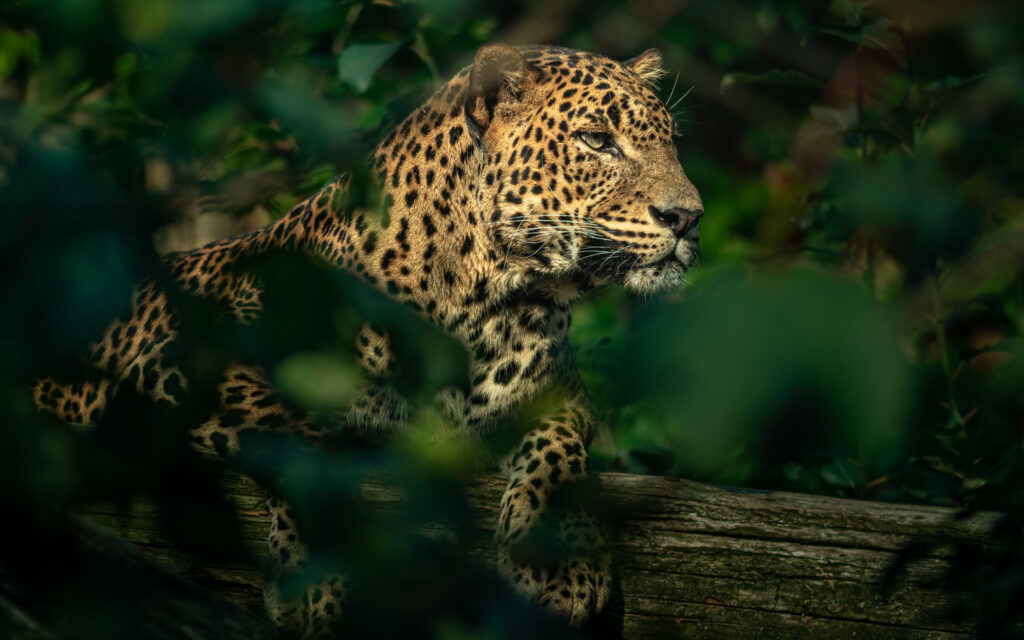
Additionally, over 570 bird species have been identified, making it a paradise for bird enthusiasts. The park’s landscape is characterized by the Great Ruaha River, which flows along its southeastern margin and serves as a focal point for game-viewing

During the dry season from May to October, the park experiences hot and dry weather with little to no rainfall. Daytime temperatures can reach up to 40°C (104°F), while nights are cooler. The vegetation becomes dry, and water sources dwindle during this period.
Nyerere National Park (Selous)

Nyerere National Park, previously part of the larger Selous Game Reserve, is one of Tanzania’s most iconic wildlife destinations. Established in 2019, it covers an expansive 30,893 square kilometers, making it the largest national park in the country and one of the largest in Africa. This vast wilderness offers an authentic safari experience away from the crowds.
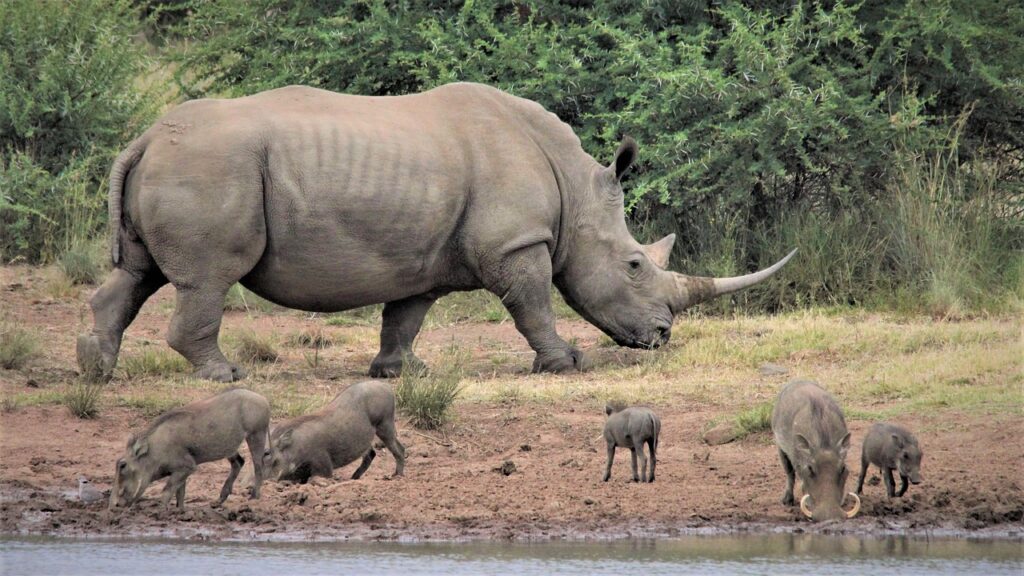
Nyerere is home to a stunning variety of wildlife, including the “Big Five” (elephant, lion, leopard, buffalo, and rhino) and other iconic species such as giraffes, zebras, hippos, and crocodiles. The park also hosts some of the largest populations of wild dogs in Africa, making it a haven for rare and endangered species.
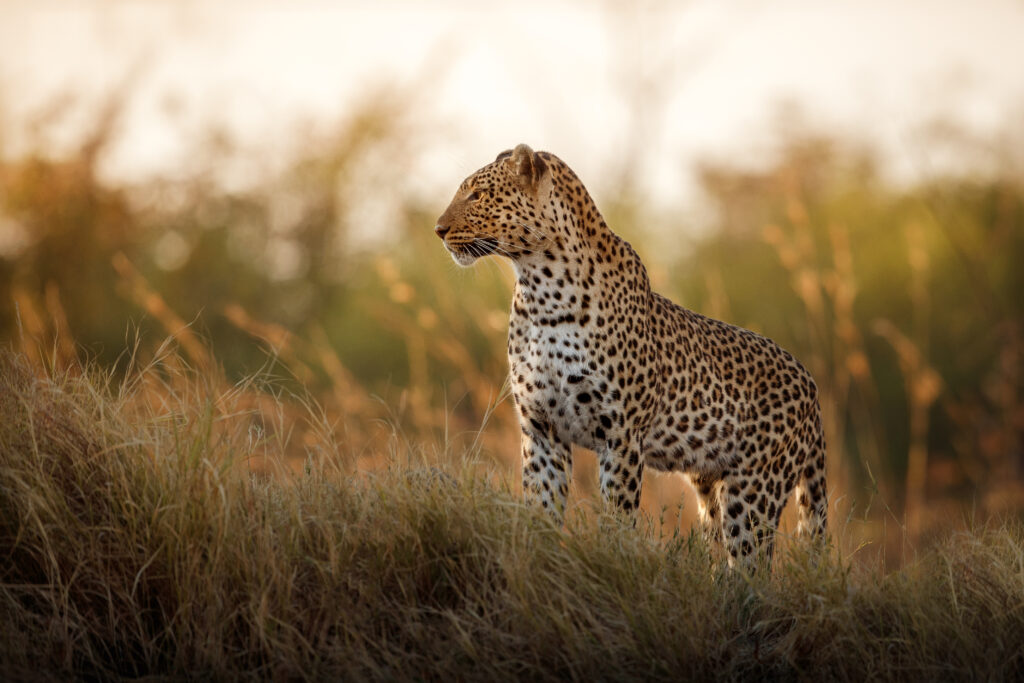
The park’s diverse landscapes range from vast open plains and savannahs to dense woodlands, rivers, and lakes. The Rufiji River, one of the park’s defining features, meanders through the park, creating lush floodplains and offering opportunities for water-based safaris.

Arusha National Park
Nestled in northern Tanzania, Arusha National Park is a haven for nature lovers and adventurers alike. While smaller compared to other Tanzanian parks, it offers an unparalleled diversity of landscapes, wildlife, and experiences.The park is home to the majestic Mount Meru (4,566 meters), Tanzania’s second-highest mountain, offering breathtaking views and challenging treks.

- Lush rainforests, rolling savannahs, and the scenic Momela Lakes, known for their vibrant algae hues, add to the park’s charm. The Ngurdoto Crater, often referred to as a “mini Ngorongoro,” features steep cliffs and a swampy floor teeming with wildlife. Arusha National Park is famous for its black-and-white colobus monkeys, often spotted swinging through the trees
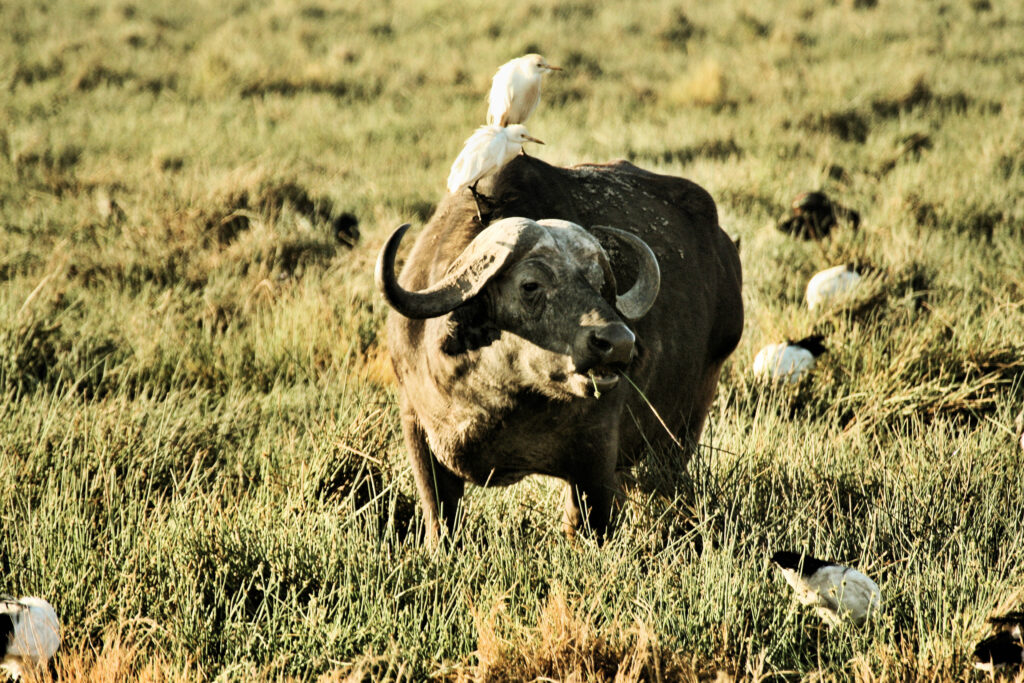
Other animals include giraffes, Cape buffaloes, zebras, warthogs, and bushbucks. Leopards and hyenas can also be seen, though they are more elusive.The park is also a birdwatcher’s paradise, boasting over 400 bird species, including flamingos, trogons, and turacos.
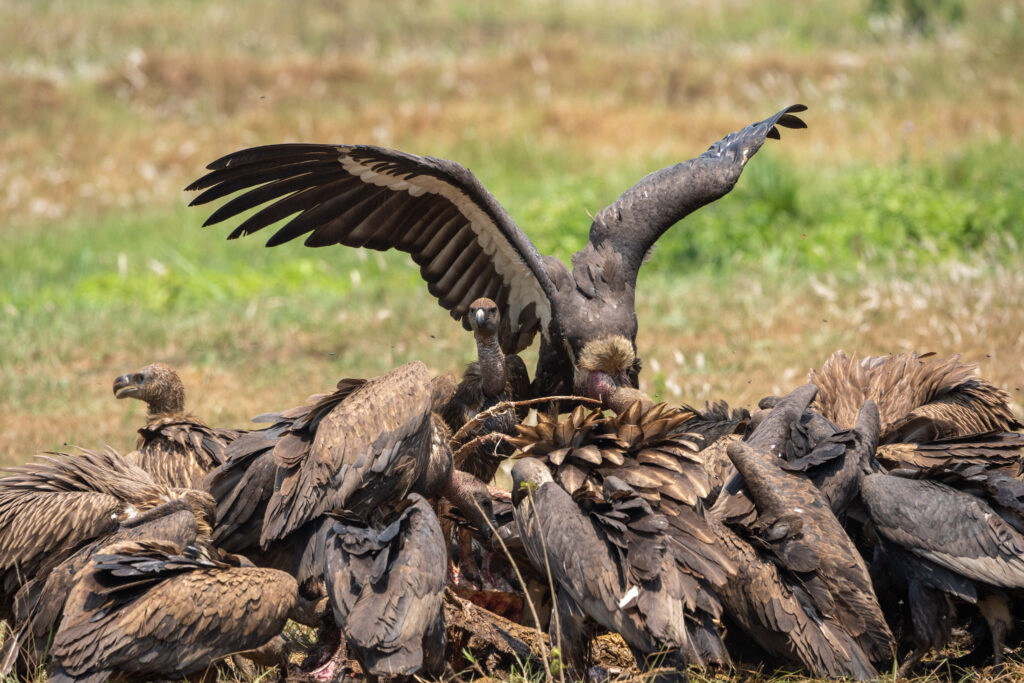
Walking safaris: One of the few Tanzanian parks where walking safaris are allowed, giving visitors an up-close experience with nature.
Canoeing: Glide across the tranquil Momela Lakes, observing aquatic life and stunning reflections of Mount Meru.
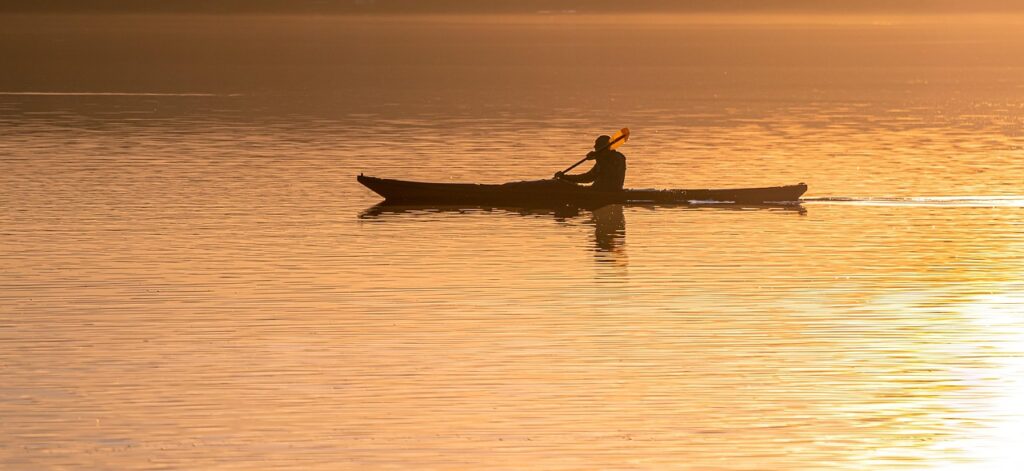
Mikumi National Park
Mikumi National Park, located in southern Tanzania, is one of the country’s most accessible safari destinations. Established in 1964, it covers approximately 3,230 square kilometers, making it the fourth-largest national park in Tanzania. With its stunning landscapes and abundant wildlife, Mikumi is often referred to as a “mini Serengeti” due to its vast open savannahs reminiscent of the Serengeti Plains.

Mikumi is situated just 283 km west of Dar es Salaam, making it a convenient option for both weekend getaways and longer safaris. The park lies along the A-7 highway, connecting Dar es Salaam to Iringa and other southern safari circuits, such as Ruaha National Park and Selous Game Reserve.

Mikumi boasts a rich diversity of wildlife, making it an excellent destination for game drives. Key species include Big Cats: Lions, often seen lounging in the open plains, and leopards lurking in the woodlands. Elephants,Buffaloes,Giraffes,Zebras and Wildebeest,African wild dogs, sable antelopes, and elands may also be encountered.

Katavi National Park
Katavi National Park, located in the remote southwest of Tanzania, is a hidden gem for travelers seeking a pristine and unspoiled wilderness experience. Spanning over 4,471 square kilometers, Katavi is the third-largest national park in the country, offering unparalleled opportunities to witness Africa’s raw, untamed beauty.
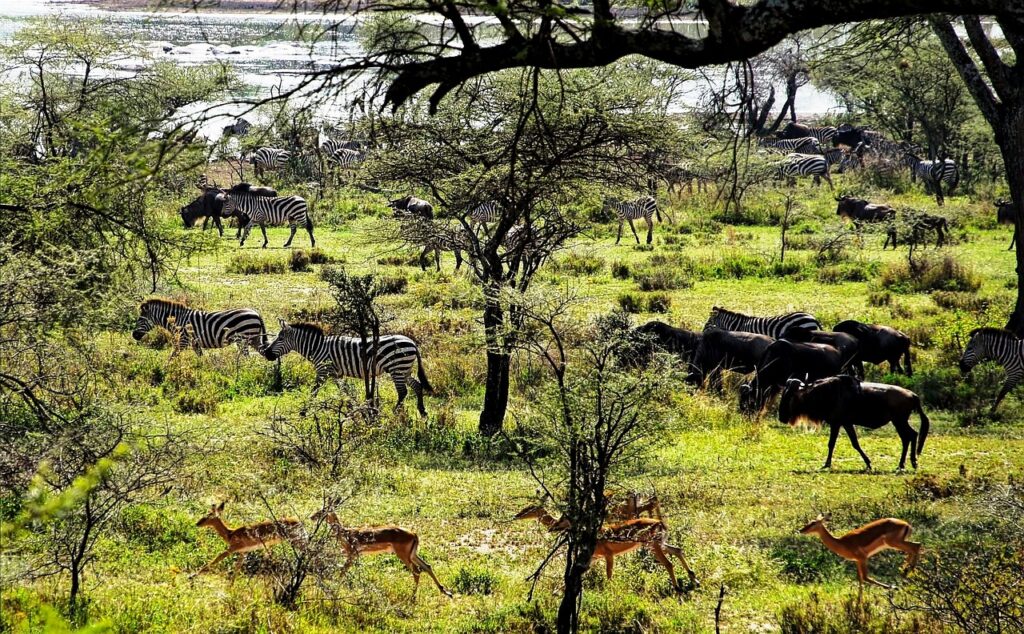
Katavi is renowned for its rich biodiversity, including large herds of elephants, buffaloes, and zebras. The park also supports predators like lions, leopards, hyenas, and African wild dogs. During the dry season, the Katuma River and its surrounding floodplains attract an impressive concentration of hippos and crocodiles.
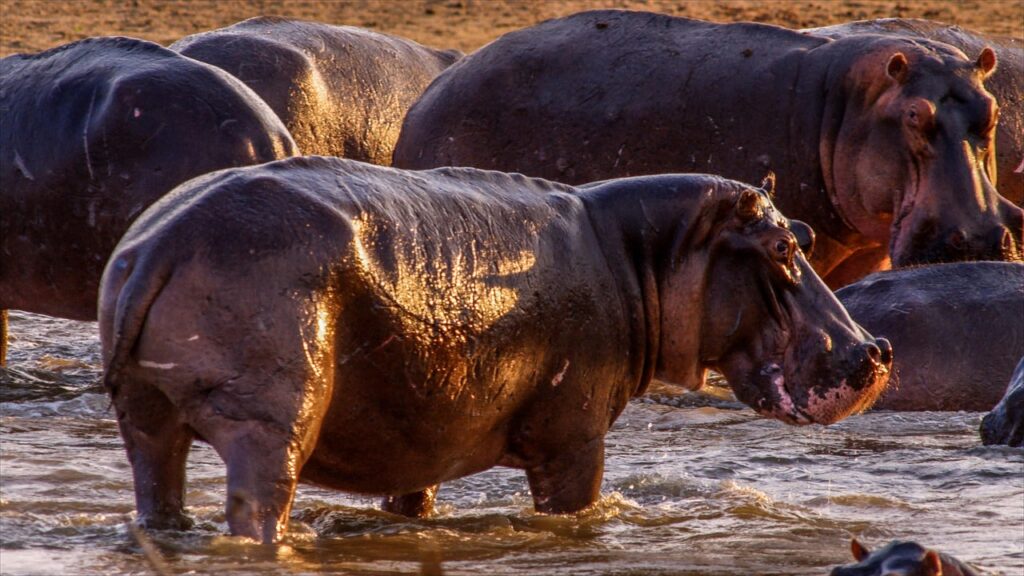
Gombe Stream National Park
Nestled on the shores of Lake Tanganyika in western Tanzania, Gombe Stream National Park is one of the most renowned conservation areas in the world, primarily known for its pioneering research on chimpanzees. Covering just 52 square kilometers, Gombe is the smallest national park in Tanzania, but its profound ecological and scientific importance makes it a must-visit for nature lovers and wildlife enthusiasts.
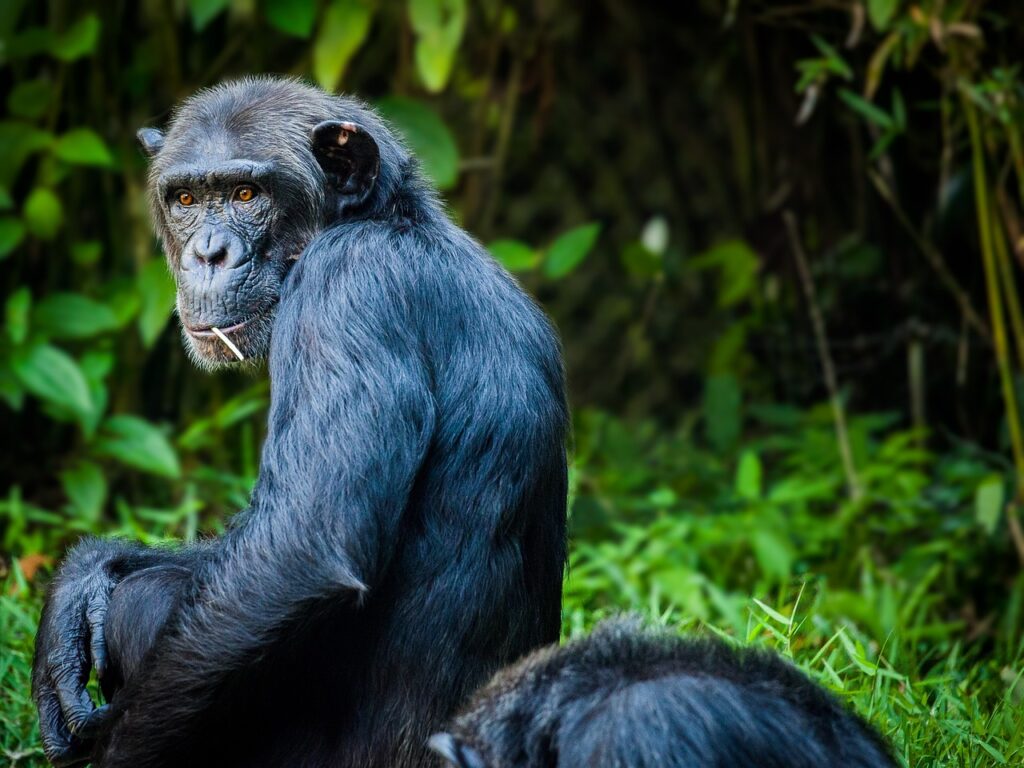
Gombe is famous for its resident population of chimpanzees, one of the most studied groups in the world. The park became famous through the groundbreaking work of primatologist Dr. Jane Goodall, who spent decades researching their behavior. Visitors can enjoy a unique opportunity to observe chimpanzees in their natural habitat.

While chimpanzees are the star attraction, Gombe is also home to a variety of other wildlife, including red-tailed monkeys, olive baboons, bushbucks, and over 200 bird species. The park’s rich ecosystem makes it a haven for biodiversity, from insects to large mammals.

Mahale Mountains National Park
located on the eastern shore of Lake Tanganyika in western Tanzania, is renowned for its rich biodiversity and stunning landscapes. Established in 1985, the park spans approximately 1,650 square kilometers and is characterized by rugged, hilly terrain dominated by the Mahale Mountain range, with peaks rising up to 2,462 meters above the lake shore.
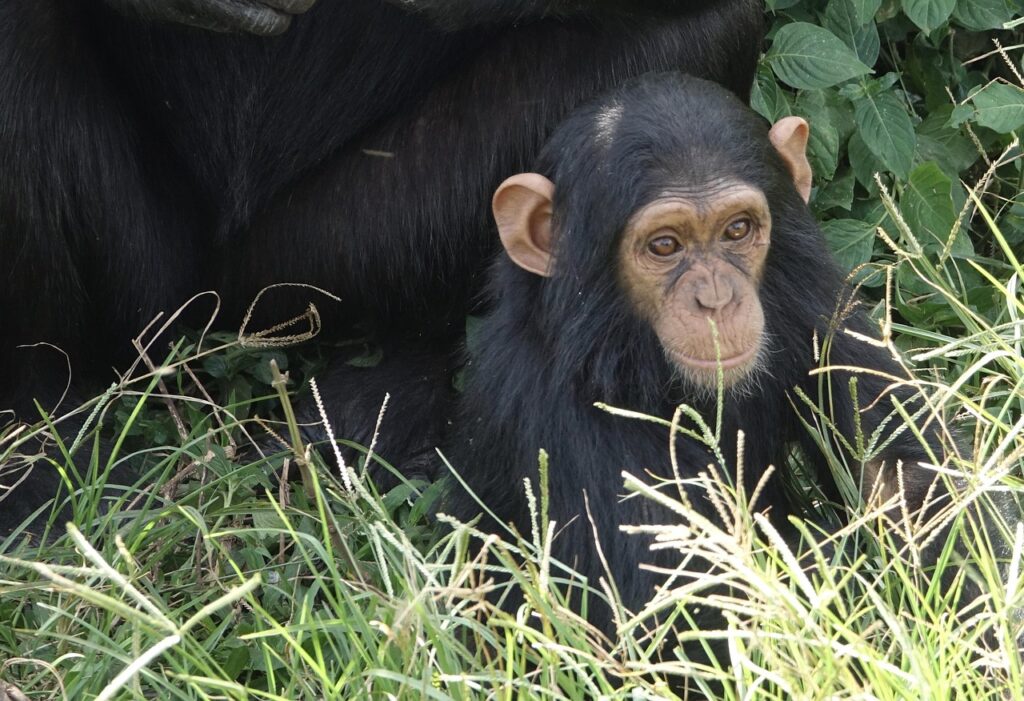
In addition to chimpanzees, Mahale Mountains National Park hosts a variety of other primates, including red colobus monkeys, red-tailed monkeys, and blue monkeys. The park’s diverse habitats support over 350 bird species, many of which are rare and endemic to the Albertine Rift.
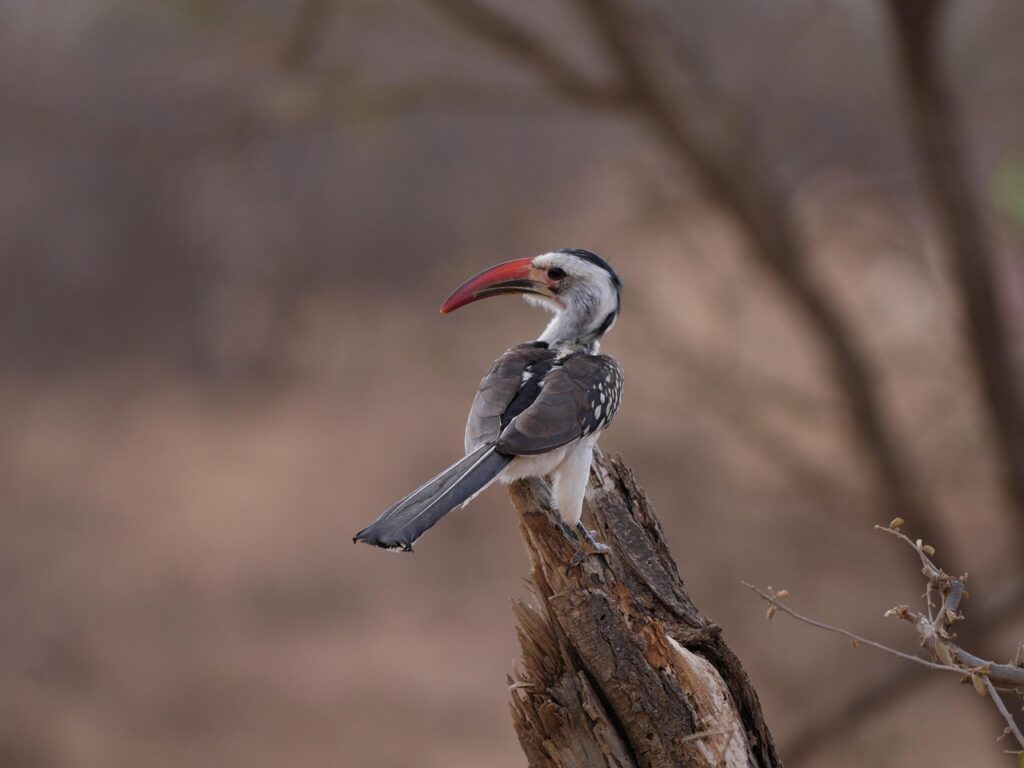
The park’s terrain is predominantly covered by woodland, with narrow strips of riverine forest along watercourses. The climate is characterized by high rainfall, ranging from 1,400 to 1,870 millimeters annually, contributing to the lush vegetation and diverse ecosystems.
